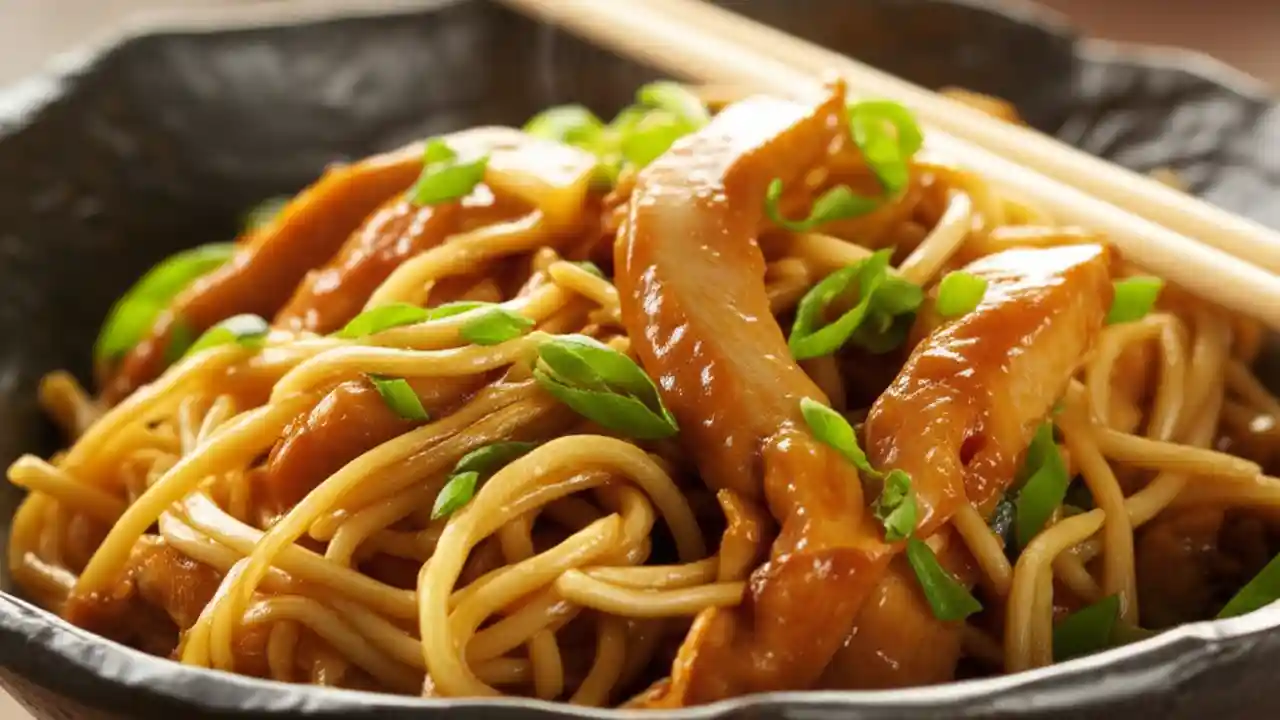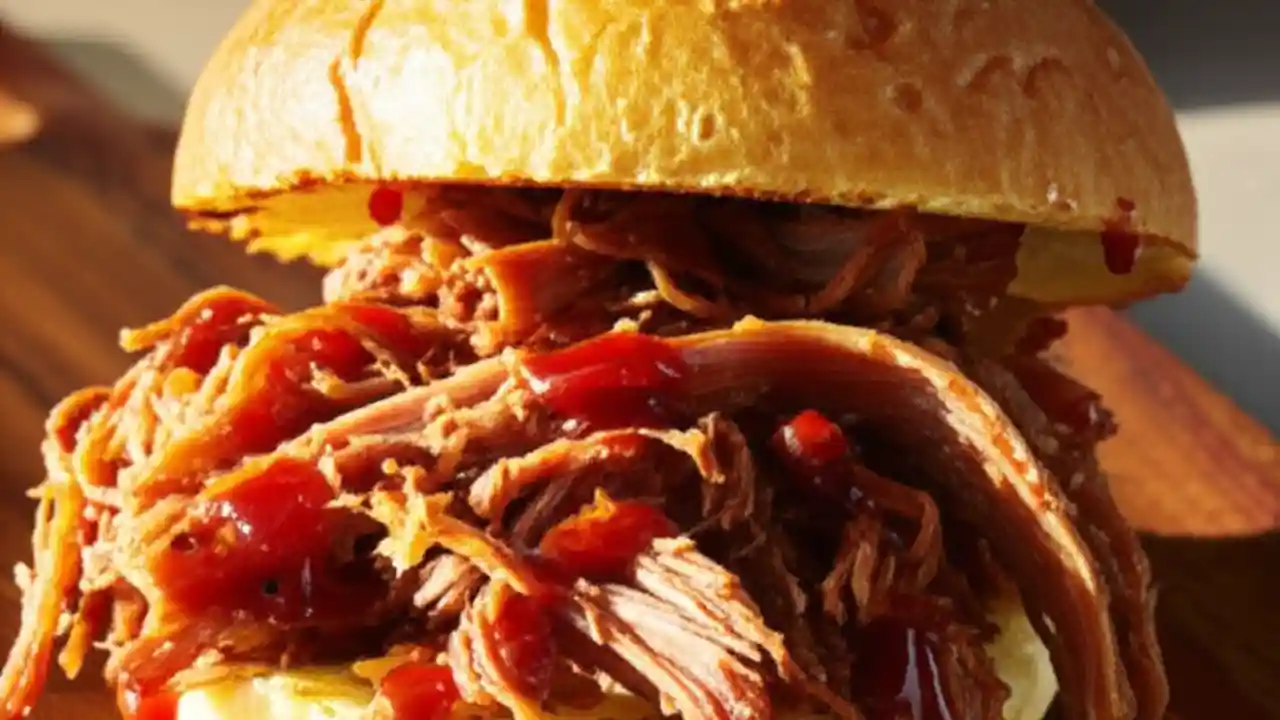A macrobiotic diet, at its heart, is a plant-focused eating plan centered on whole grains, vegetables, and beans, guided by the philosophical principle of balancing yin and yang energies in your food and lifestyle. It’s more than just a diet; for many, it’s a holistic approach to health and wellness. If you’re feeling overwhelmed by conflicting nutrition advice, the macrobiotic approach offers a return to simple, whole foods.
This guide is designed to be your definitive starting point. We’ll explore what a macrobiotic diet truly involves, from its core principles to the specific foods you’ll eat. We’ll also cover the potential health benefits, how it compares to other diets like veganism, and provide a practical, step-by-step plan to help you get started today.
Table of Contents
Understanding the Core Principles
Before we even talk about food, it’s crucial to grasp the philosophy behind the macrobiotic diet. It’s not just about what you eat, but also how you eat and how you live. This perspective is what sets it apart from many other dietary plans.
What exactly is a macrobiotic diet?
The term “macrobiotic” comes from the Greek words “macro,” meaning long or large, and “bios,” meaning life. So, it literally translates to “long life.” Developed by a Japanese philosopher named George Ohsawa in the early 20th century, the diet is a system that aims to create harmony between your body and the natural world.
It emphasizes eating locally grown, seasonal foods that are minimally processed. The modern macrobiotic diet is primarily plant-based, but some interpretations may include small amounts of fish. The goal is to achieve balance, which proponents believe leads to better physical, emotional, and spiritual health.
What are the key principles of yin and yang in food?
This is the philosophical core of the diet. In traditional Eastern thought, yin and yang are opposing but complementary forces that exist in all things. The macrobiotic diet applies this concept to food, classifying them based on their perceived energetic properties.
- Yin foods are considered expansive, cool, and light. Examples include sugar, tropical fruits, alcohol, and many dairy products. Too much yin is believed to lead to weakness and fatigue.
- Yang foods are considered contractive, warm, and dense. Examples include red meat, hard cheeses, eggs, and salt. Too much yang is thought to cause tension and aggression.
- Balanced foods are those in the middle, like whole grains, root vegetables, and beans. These form the foundation of the diet.
The idea is to eat primarily balanced foods, using small amounts of yin and yang foods to adjust for climate, season, activity level, and personal health conditions. For instance, you might eat more warming (yang) foods in the winter and more cooling (yin) foods in the summer.
Is the macrobiotic diet a Japanese diet?
While its modern form was popularized by a Japanese philosopher and it shares many elements with traditional Japanese cuisine (like brown rice, seaweed, and miso), it’s not strictly a “Japanese diet.” George Ohsawa was inspired by the simplicity of the diet of Zen Buddhist monks, but he adapted these principles for a global audience.
The core tenet is to eat what is local and in season for *you*. So, someone practicing a macrobiotic diet in North America would eat different foods than someone in Japan, based on what’s available in their environment.
What to Eat (and What to Avoid)
Now for the practical part: what does a macrobiotic plate actually look like? The diet is structured like a pyramid, with certain food groups making up the bulk of your intake and others used more sparingly.
What foods are central to a macrobiotic diet?
Think of your daily meals being composed of these core components. The percentages are general guidelines and can be adapted to your individual needs.
| Food Group | Approximate Daily Intake | Examples |
|---|---|---|
| Whole Grains | 40-60% | Brown rice, barley, millet, oats, corn, quinoa, buckwheat |
| Vegetables | 20-30% | Kale, broccoli, cauliflower, bok choy, carrots, daikon radish, onions, winter squash |
| Beans & Legumes | 5-10% | Lentils, chickpeas, adzuki beans, tofu, tempeh, miso |
| Soup | 5-10% | Miso soup, vegetable broths, bean soups (usually 1-2 cups per day) |
| Sea Vegetables | Small Amounts Daily | Nori, kombu, wakame, dulse, arame |
| Occasional Foods | A few times per week | Local fish (especially white fish), seasonal fruit, nuts, seeds, rice syrup |
What foods should I limit or avoid completely?
The macrobiotic diet discourages or eliminates foods that are considered extremely yin or yang, or that are highly processed. This is a key part of achieving balance.
Here’s a list of foods typically avoided:
- Meat and Poultry: Red meat and chicken are generally avoided.
- Dairy Products: Milk, cheese, yogurt, and butter are not part of the traditional macrobiotic plan.
- Sugar and Artificial Sweeteners: Refined sugar, honey, molasses, and chemical sweeteners are out. Small amounts of natural sweeteners like rice syrup or barley malt may be used.
- Processed Foods: Anything with artificial colors, preservatives, or refined flour.
- Certain Vegetables: “Nightshade” vegetables like potatoes, tomatoes, eggplants, and peppers are often limited or avoided as they are considered very yin.
- Tropical Fruits: Bananas, mangoes, pineapples, and other fruits from tropical climates are generally avoided in temperate regions.
Can I drink coffee or alcohol on a macrobiotic diet?
Generally, no. Coffee, alcohol, and even strong spices are considered to have extreme yin or yang effects on the body and are avoided to maintain balance. The preferred beverages are non-aromatic, non-stimulating teas like bancha twig tea or roasted barley tea, along with pure water.
Health Benefits and Potential Risks
Like any significant dietary change, the macrobiotic approach has potential upsides and important considerations to be aware of. It’s not a magic bullet, but its principles can lead to positive health outcomes for many.
What are the potential health benefits?
Because the diet is high in fiber and low in saturated fat, sugar, and processed foods, it aligns with many recommendations for a healthy lifestyle. Many people report benefits such as:
- Improved Heart Health: The focus on whole grains, vegetables, and plant-based proteins, along with the exclusion of red meat and high-fat dairy, may help lower cholesterol and blood pressure.
- Better Digestion: The high fiber content from grains, beans, and vegetables can promote regular bowel movements and a healthy gut microbiome.
- Weight Management: The diet is naturally low in calories and high in nutrient-dense, filling foods, which can support healthy weight loss or maintenance.
- Reduced Inflammation: A diet rich in plants and omega-3s (from some fish and sea vegetables) and low in processed foods is often associated with lower levels of chronic inflammation.
Some proponents claim it can help prevent or treat chronic diseases, including cancer. While a plant-rich diet is certainly a cornerstone of cancer prevention, it’s critical to state that the macrobiotic diet should not be used as a standalone treatment for any serious medical condition. Always work with a healthcare professional.
Are there any risks or nutritional deficiencies to be aware of?
Yes, and this is very important for beginners. A poorly planned macrobiotic diet can lead to deficiencies in certain nutrients that are less abundant in plant-based foods. Key nutrients to watch include:
- Vitamin B12: This is almost exclusively found in animal products. If you are not eating fish regularly, you will likely need a B12 supplement.
- Vitamin D: While some can be obtained from sun exposure, dietary sources are limited. A supplement is often recommended, especially in winter.
- Calcium: With dairy off the table, you need to be intentional about eating calcium-rich plant foods like kale, bok choy, tofu, and sesame seeds.
- Iron: Plant-based (non-heme) iron is not as easily absorbed as iron from meat. Pairing iron-rich foods like lentils and greens with a source of Vitamin C (like broccoli or a squeeze of lemon) can enhance absorption.
- Protein: While it’s entirely possible to get enough protein, you need to ensure you’re eating a sufficient quantity and variety of grains and beans.
Is the macrobiotic diet safe for everyone?
A standard, well-balanced macrobiotic diet is safe for most healthy adults. However, more restrictive versions can be risky, especially for certain populations. It is generally not recommended for growing children, pregnant or breastfeeding women, or individuals with pre-existing medical conditions like cancer or kidney disease without close supervision from a doctor and a registered dietitian.
Macrobiotic vs. Other Diets
It’s easy to confuse the macrobiotic diet with other plant-focused ways of eating. Let’s clear up the main differences.
How is a macrobiotic diet different from being vegan?
This is a common question. While both diets are primarily plant-based, their underlying philosophies and food choices are quite different. A vegan diet excludes all animal products for ethical, environmental, or health reasons. A macrobiotic diet’s food choices are based on the principle of yin-yang balance.
Here’s a simple breakdown:
| Feature | Macrobiotic Diet | Vegan Diet |
|---|---|---|
| Core Philosophy | Achieving yin-yang balance for health and harmony with nature. | Avoiding animal exploitation and cruelty (primary reason for many). |
| Animal Products | Primarily plant-based, but may include small amounts of local fish. | Strictly excludes all animal products, including meat, fish, dairy, eggs, and honey. |
| Food Restrictions | Limits/avoids specific plant foods like nightshades and tropical fruits. Emphasizes cooking methods. | No plant-based foods are inherently off-limits. A vegan can eat potatoes, tomatoes, and processed vegan junk food. |
| Core Foods | Whole grains, cooked vegetables, beans, sea vegetables. | Can be built around any plant foods; a “whole-food vegan” diet is similar, but not all vegans eat this way. |
Is the macrobiotic diet considered a “fad diet”?
This is debatable. On one hand, it’s been around for over a century, which is much longer than most “fads.” Its core principles of eating whole, unprocessed, seasonal foods are endorsed by most nutrition experts.
On the other hand, the more mystical aspects, like the yin-yang energy of foods and very restrictive interpretations, can be seen as faddish and lack strong scientific backing. The healthiest approach is to focus on the practical application: eating more whole grains, vegetables, and beans, and less sugar and processed junk. That’s a “trend” that will never go out of style.
Getting Started: A Practical Guide
Ready to give it a try? Starting a new way of eating can feel daunting. The key is to take it one step at a time. You don’t have to be perfect overnight.
How do I start a macrobiotic diet?
Here’s a simple, step-by-step approach to ease into it:
- Start with One Meal: Don’t try to change everything at once. Begin by making your breakfast macrobiotic. A simple bowl of oatmeal or brown rice porridge is a great start.
- Introduce Brown Rice: Make brown rice your staple grain. Swap out white rice, pasta, and white bread. Get used to having it with at least one or two meals per day.
- Add Miso Soup: Try having a small bowl of miso soup each day. It’s warming, aids digestion, and is a cornerstone of the diet.
- Focus on Vegetables: Start piling your plate with steamed or lightly cooked vegetables, especially leafy greens, broccoli, and root vegetables.
- Reduce and Replace: Gradually reduce your intake of meat, dairy, and sugar. You don’t have to eliminate them on day one. As you crowd them out with healthier options, you’ll crave them less.
- Learn to Cook: The macrobiotic diet emphasizes specific cooking methods like steaming, boiling, and light sautéing. Invest time in learning these simple techniques.
What does a typical day of macrobiotic eating look like?
Here is a sample one-day meal plan to give you a concrete idea. Notice the simplicity and the balance.
- Breakfast: A warm bowl of oatmeal or congee (rice porridge) topped with a few toasted sesame seeds. A cup of bancha tea.
- Lunch: A bowl of short-grain brown rice, steamed kale with a drizzle of tamari, a portion of adzuki beans, and a side of pickled daikon radish.
- Dinner: A cup of miso soup with wakame seaweed and tofu. A main plate with baked winter squash, blanched broccoli, and a small piece of pan-seared local white fish (if including).
- Snack (if needed): A rice cake, a handful of toasted pumpkin seeds, or some steamed carrots.
Tips for cooking the macrobiotic way
The way you prepare your food is just as important as the food itself. Here are a few final tips:
- Chew Thoroughly: This is a major principle. Chewing each mouthful 50 times or more is encouraged to aid digestion and absorption.
- Use Quality Cookware: Avoid aluminum and non-stick coatings. Opt for stainless steel, glass, ceramic, or cast iron.
- Cook with Calm: The energy you bring to the kitchen is believed to transfer to your food. Cook with a calm and grateful attitude.
- Don’t Use a Microwave: Microwaving is believed to disrupt the energy of food. Reheat food on the stovetop instead.
Conclusion
The macrobiotic diet is far more than a set of rules; it’s a mindful approach to eating that seeks to create harmony between you and your environment. By focusing on simple, whole, seasonal foods like grains and vegetables, it provides a solid foundation for health. While it’s important to ensure you get all your essential nutrients, especially B12, its principles offer a powerful antidote to the modern world of processed, unbalanced eating. If you’re looking for a path back to basics, this might just be it. Why not start by adding a simple bowl of brown rice and steamed greens to your next meal?







